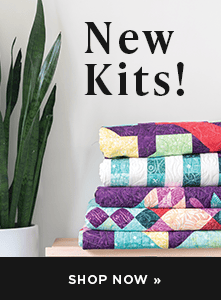Featured Tool: LED Needle Threader by Dritz, Item #82260
What is this typically used for?
Increased visibility while threading needles.
What was your first impression of the LED Needle Threader?
“This looks so sturdy!”
How did you use it?
You put the filament part through the eye of your embroidery needle. The button illuminates a small LED light at the end so you can see better. Then, you insert your embroidery strands through the filament. Pull the LED needle Threader back out of the needle and voila, the needle is threaded.
How long did it take you to learn how to use it?
It was very intuitive!
What did you like best?
The LED light! It’s a really nice feature. I really love this tool.
Why do you NEED it?
When you are working with multiple embroidery thread colors and switching between colors a lot, this tool saves you time and frustration. Once you start using the needle threader it will become habit and it makes embroidery or handwork more enjoyable.
Who would appreciate the soft comfort thimbles most?
These are perfect for:
- Anyone using a sewing needle by hand
- Beginner, intermediate, and expert quilters
- Embroiderers, paper-piecers, hand crafters
- Anyone acquiring the essential quilting/sewing tools



 Tutorials
Tutorials











